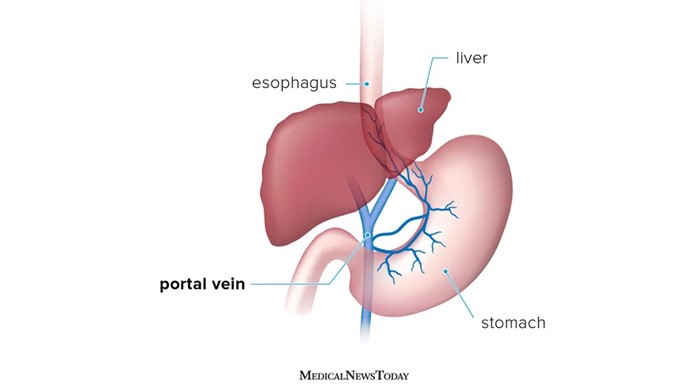A nurse is performing a Weber test on a client who reports difficulty hearing in his left ear. The client informs the nurse that he can hear the tone louder in his left ear. Which of the following does this result indicate?
The test is inconclusive
The client has conductive hearing loss
The client has normal hearing
The client has sensorineural hearing loss
The Correct Answer is B
Choice A Reason: The test is not inconclusive, but rather positive for conductive hearing loss. The Weber test involves placing a vibrating tuning fork on the center of the forehead and asking the client which ear hears the sound louder. It can help differentiate between conductive and sensorineural hearing loss.
Choice B Reason: This is the correct choice. The client has conductive hearing loss, which is a type of hearing loss that occurs when sound waves are blocked or reduced in the outer or middle ear. It can be caused by earwax, infection, fluid, perforation, or trauma. In conductive hearing loss, the Weber test shows lateralization to the affected ear, meaning the sound is heard louder in that ear.
Choice C Reason: The client does not have normal hearing, but rather conductive hearing loss. In normal hearing, the Weber test shows no lateralization, meaning the sound is heard equally in both ears.
Choice D Reason: The client does not have sensorineural hearing loss, but rather conductive hearing loss. Sensorineural hearing loss is a type of hearing loss that occurs when there is damage to the inner ear or auditory nerve. It can be caused by aging, noise exposure, disease, or drugs. In sensorineural hearing loss, the Weber test shows lateralization to the unaffected ear, meaning the sound is heard louder in that ear.
Nursing Test Bank
Naxlex Comprehensive Predictor Exams
Related Questions
Correct Answer is A
Explanation
Choice A reason: This is the correct answer because portal hypertension means that there is high blood pressure in the portal vein, which carries blood from the digestive organs to the liver. When the liver is damaged by hepatitis, it becomes scarred and obstructs the blood flow, causing increased pressure in the portal vein. This leads to fluid accumulation in the abdomen, called ascites, which causes abdominal swelling.
Choice B reason: This is incorrect because portal hypertension is not caused by the heart overworking but by liver damage. The heart does not pump blood into the portal vein, but into the hepatic artery, which supplies oxygenated blood to the liver.
Choice C reason: This is incorrect because portal hypertension does not develop when cirrhosis begins to resolve, but when it progresses. Cirrhosis is a chronic condition that causes irreversible scarring of the liver tissue, which worsens over time and increases portal hypertension.
Choice D reason: This is incorrect because eating high-sodium foods and a stressful lifestyle do not cause portal hypertension, but they can aggravate it. High-sodium foods can increase fluid retention and worsen ascites, while stress can increase blood pressure and worsen bleeding complications. The nurse should advise the client to limit sodium intake and manage stress levels.

Correct Answer is B
Explanation
Choice A Reason: This is incorrect because inability to recognize any words may indicate a problem with the auditory cortex, which is the part of the brain that processes sound, not the inner ear. The inner ear consists of the cochlea, which converts sound waves into nerve impulses, and the vestibular system, which helps with balance and orientation.
Choice B Reason: This is correct because loss of balance is a common symptom of an inner ear infection. An inner ear infection can cause inflammation and fluid buildup in the vestibular system, which can disrupt the sense of equilibrium and cause vertigo, dizziness, or nausea.
Choice C Reason: This is incorrect because twitching of the cheek may indicate a problem with the facial nerve, which controls the muscles of facial expression, not the inner ear. The facial nerve runs close to the inner ear, but it is not part of it.
Choice D Reason: This is incorrect because lack of air sound may indicate a problem with the outer or middle ear, which transmit sound waves to the inner ear, not the inner ear itself. The outer ear consists of the pinna and the ear canal, and the middle ear consists of the eardrum and the ossicles.
Whether you are a student looking to ace your exams or a practicing nurse seeking to enhance your expertise , our nursing education contents will empower you with the confidence and competence to make a difference in the lives of patients and become a respected leader in the healthcare field.
Visit Naxlex, invest in your future and unlock endless possibilities with our unparalleled nursing education contents today
Report Wrong Answer on the Current Question
Do you disagree with the answer? If yes, what is your expected answer? Explain.
Kindly be descriptive with the issue you are facing.
